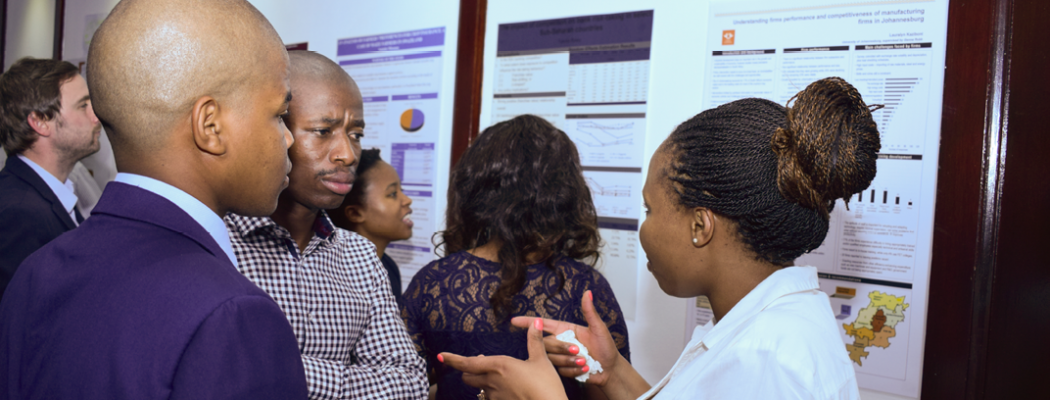Job accessibility and inequality: A City of Cape Town case study
Abstract
South Africa has experienced a consistent increase in urbanisation over the last two decades. Firms locate in cities to reap the agglomeration benefits and individuals seek to maximise their utility by moving to urban areas to obtain access to more opportunities, in particular work opportunities. Higher population and densities contribute to higher productivity and growth with more than 80% of the global GDP being generated in cities. The lack of efficient public transport services and high congestion geographically reduces the job opportunity range of individuals which can either lead to higher commute cost or individuals having to move closer to job opportunities which then increases land rent close to jobs.
This research first investigates the change in firm location over a six year period using newly available spatial data derived from tax administrative datasets. The research further shows the spatial divide between works and jobs and highlights the difference in this spatial mismatch between different income levels. An accessibility measure was used to determine the cumulative opportunities index for different regions within the City of Cape Town differentiated by industry type and indicates how land use and transport, including the impact of congestion, restricts the access to jobs. It highlights the spatial inequity in access between different income groups.These findings can be used by policy makers to assess how easy it is for workers to reach jobs within certain industries they seek work in and how congestion impacts on access to jobs. This provides insights into where transport investments should be located to increase access, increase the employment search space, and reduce inequality in accessibility which could drive further income inequality and unemployment.
Researchers
Mrs. Jacomien Van der Merwe
Institution: Stellenbosch University
Email: jacomienvdm@sun.ac.za

